|
I am an avid listener of podcasts. I first started listening to them in a self-help sort of way. They were originally all personal finance and investing shows, but one can only take so much financial literacy at a time. Life is about balance. I find it by listening to the Parcast Network's Conspiracy Theories. The format of the show involves two episodes per topic. The first presents the official narrative and other important contextual information. The second explores a few different conspiracy theories and rates their credibility on a scale from 1 to 10. While working on a tube amp last week, I listened to the Conspiracy Theories episode on Amelia Earhart. Officially she and her navigator Fred Noonan got lost, were unable to receive radio transmissions, and ultimately crashed into the sea while attempting to circumnavigate the globe. While finishing up the amplifier I heard something that caught my attention. At 28:03 in episode 87 "Amelia Earhart Pt. 1" the hosts discuss Earhart's radio receiver issues that occurred a few days prior to her disappearance: The [Lockheed] Electra took off early in the morning on June 27th. They spent the night on Koepang on Timor island. Then on the 28th continued to Port Darwin, Australia. There the blown fuse of Amelia's radio receiver was replaced - an important fix since a radio receiver needs to be in good working order for a pilot to receive messages and direction finding radio signals. It's worth pointing out here that a blown fuse is often the result of a deeper mechanical issue. So while the Australian mechanics fixed the receiver's immediate problem there may have been an underlying issue that was still unresolved and could lead to the fuse blowing once again. I speculate that the technician who worked on Earhart's radio receiver did bad work which lead to the deaths of her and navigator Fred Noonan. C.L.A. Abbott describes the tech's troubleshooting process in this letter from August 3, 1937. His letter hardly describes the nitty gritty of troubleshooting the receiver, but we can conjecture that the technician stopped the troubleshooting process at the point that he replaced the fuse. Knowing that Earhart was unable to receive radio transmissions before her Lockhead Electra went down, we can guess that the fuse did blow again. The receiver possibly had some sort of intermittent problem that didn't present itself in Australia. An intermittent problem can be incredibly difficult to find especially if all you do is replace a blown fuse. You have to roll your sleeves up and dig in.
Here we arrive at the point of this post. Customers often explain their issue by telling me some variation of "it's probably just a bad fuse." I am here to tell you that IT IS ALMOST NEVER JUST A FUSE. Something causes a fuse to blow. It is a symptom - not the problem. The stakes aren't nearly as high when it comes to repairing pro audio equipment versus flying over water. A non-functional Fender Twin Reverb isn't going to cause your airplane to crash, but it could cause you to cancel a gig, lose a job, et cetera. Please remember your issue is probably not just a fuse. It might save your livelihood - if not your life.
0 Comments
WARNING: ELECTRICITY CAN AND WILL KILL YOU. CAPACITORS HOLD THEIR CHARGE LONG AFTER AN AMPLIFIER HAS BEEN TURNED OFF. THIS IS NOT A TUTORIAL. WORK OF THIS NATURE SHOULD ONLY BE ATTEMPTED BY A QUALIFIED TECHNICIAN. We have a pretty straight forward solid state amp repair on the bench today. I've been cleaning up the shop and getting it organized the past few weeks. Someone gave me this amplifier awhile back after they gave up on trying to repair it. Let's dig in. Here is a view of the amp with the lid off. I didn't test the amp before I opened it up. I wanted to look for any obvious issues (burnt components, et cetera) before I tested the amp through my Light Bulb Limiter. You can see that there are basically two boards: 1) the preamp closest to us & 2) the large board farthest from us that includes the power supply and output section. DING, DING, DING! WE HAVE A WINNER. Look at D2. That big ol' diode in the output section took a HIT. You can see it's also burned the board underneath. We also can't help but suspect that the transistors on the heat sink and some of the components tied to them have also bought the farm. Once I pulled out the burnt diode (noting polarity) I started checking all the usual suspects (mostly diodes and transistors) with my multimeter. Look what we have here. R57 is also burnt, but the components around it read fine. There is an available schematic for this amplifier making figuring out the value of that resistor super easy. Here's the final kill count on parts. It turns out that one of the output transistors was shorted as well as that smaller guy. When replacing transistors that are attached to a heat sink it's always a good idea to add a little bit of thermal compound. It's also important to note whether or not the transistors are insulated. All of these output devices on the Yorkville 400B have thin, clear insulators to keep them above ground. With the big Motorola transistors, you should always tighten the screws or nuts holding the transistors to the heat sink and then resolder the connections. Those guys are susceptible to vibrations. That diode basically burned a hole in the circuit board. You have to scrape that carbon of the board because carbon is conductive in certain circumstances. In my scraping, I had to pull out about a pea sized bit of board. Some traces had also lifted and burned. Here's the solution: lead stock, solder, and silicone. You scrape the coating off the copper traces and tin them. Then tack the component in and add lead stock as needed for strength and continuity. You have to make sure that you don't get any solder or lead stock over top of another trace - coated or not. It's just poor technique to do otherwise.
I pulled the preamp board and sprayed the pots out with the DeoxIT. That gave me a chance to give the faceplate of the amp a good cleaning with some generic glass cleaner. I then put the thing all the way back together and tested it at full power. It works great! There ya go. All done. Thanks for following along with this repair journey. - Andy |
Andy brantonI'm a country blues artist, multi-instrumentalist, and pro audio repair technician. I am always curious - but never nosy. Archives
November 2020
Categories
All
|
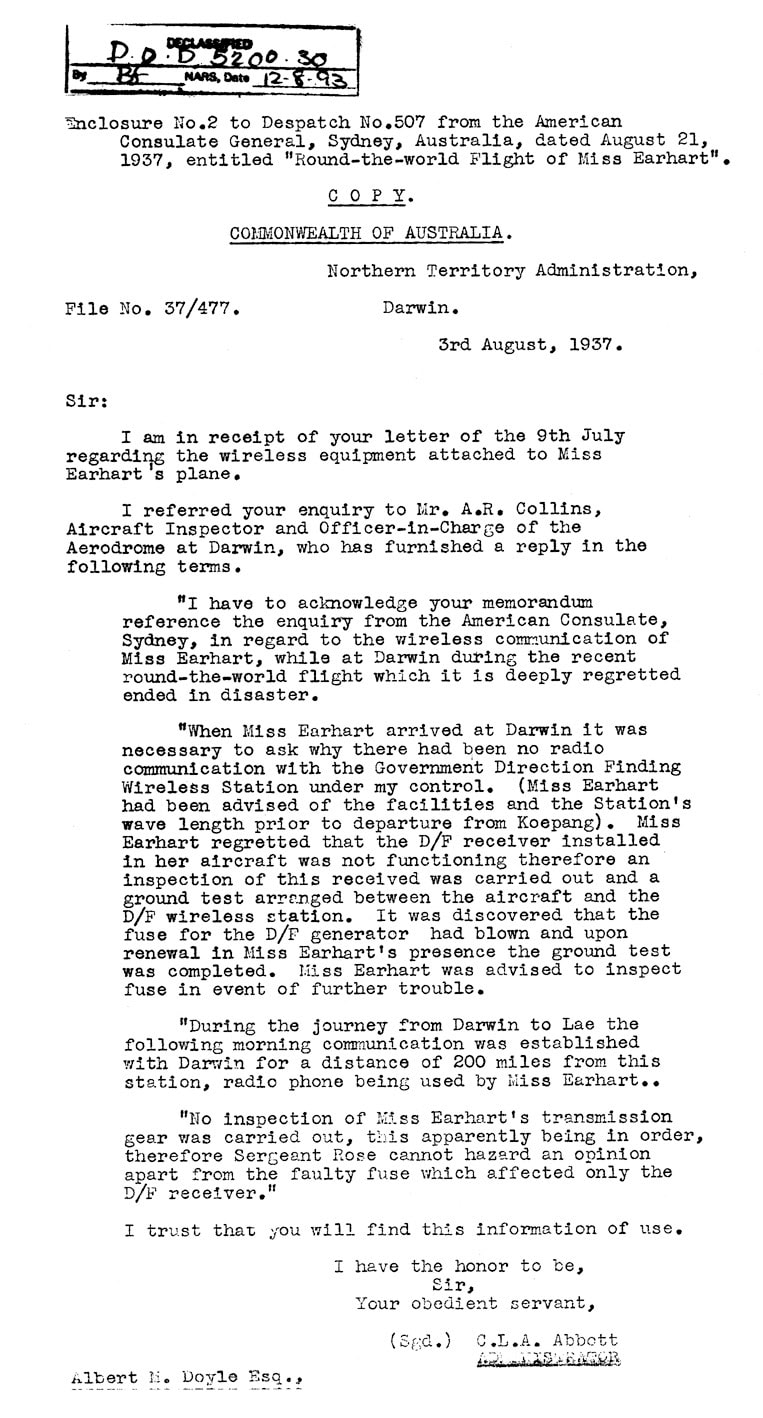

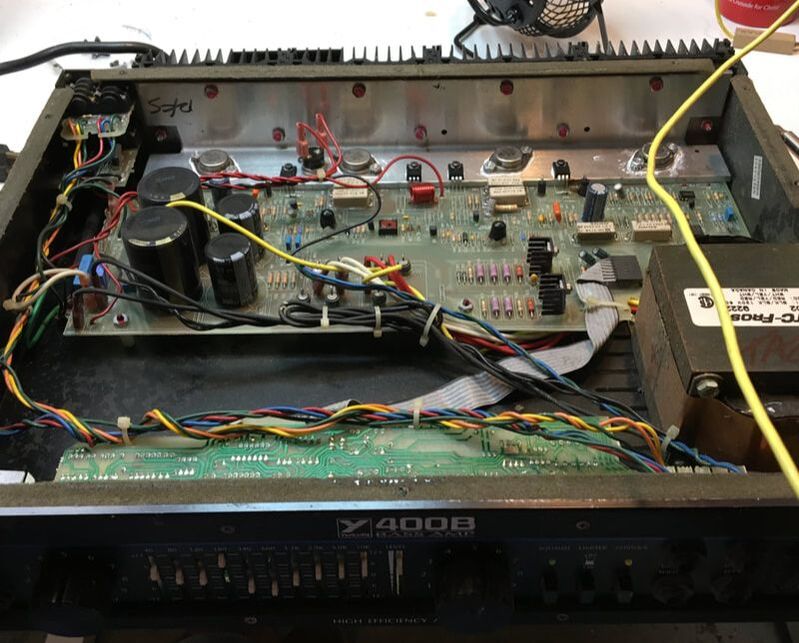
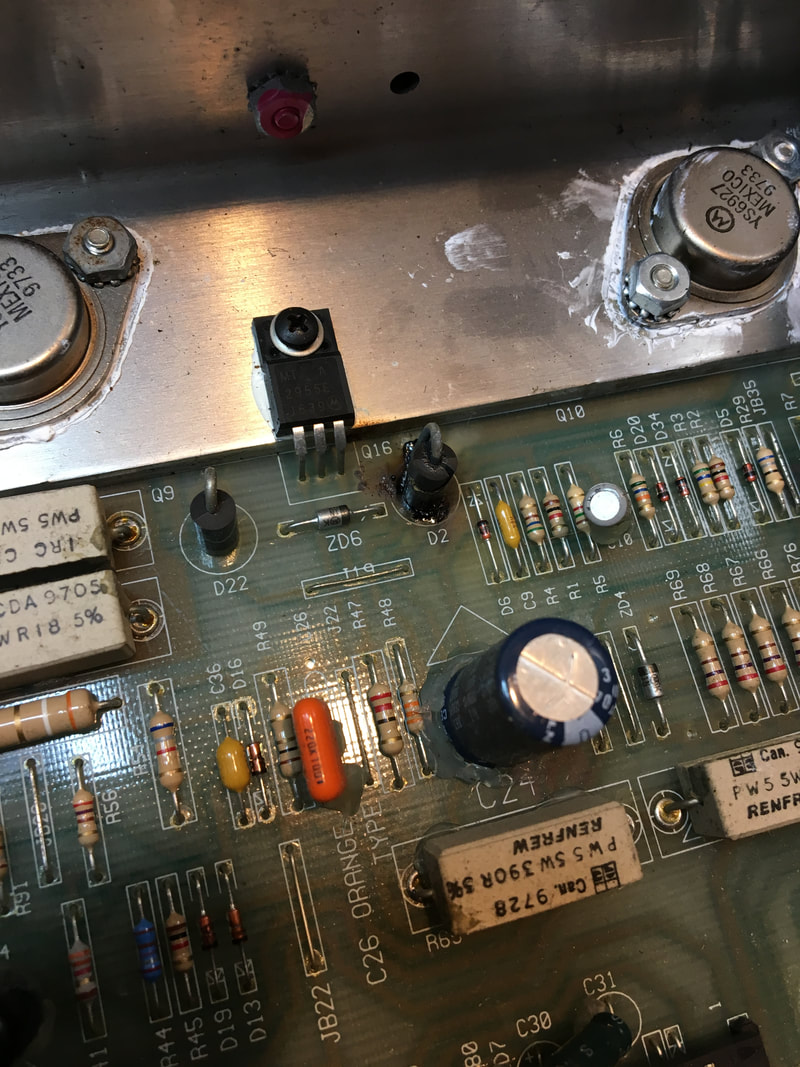
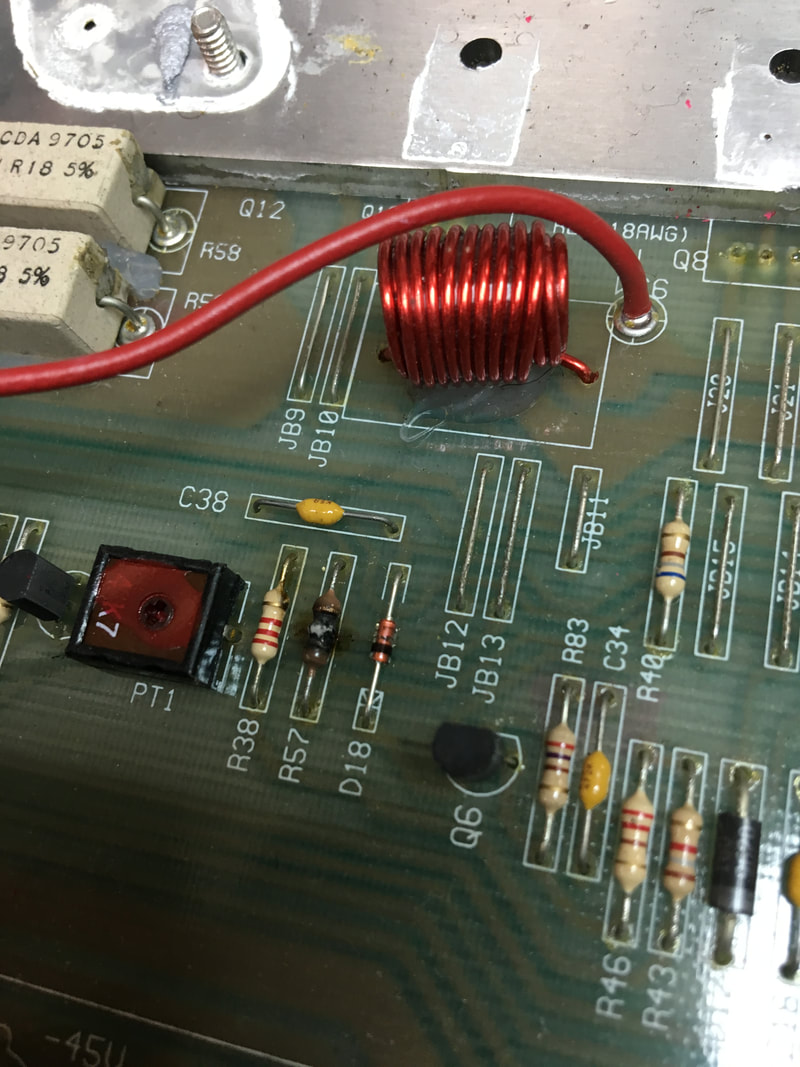
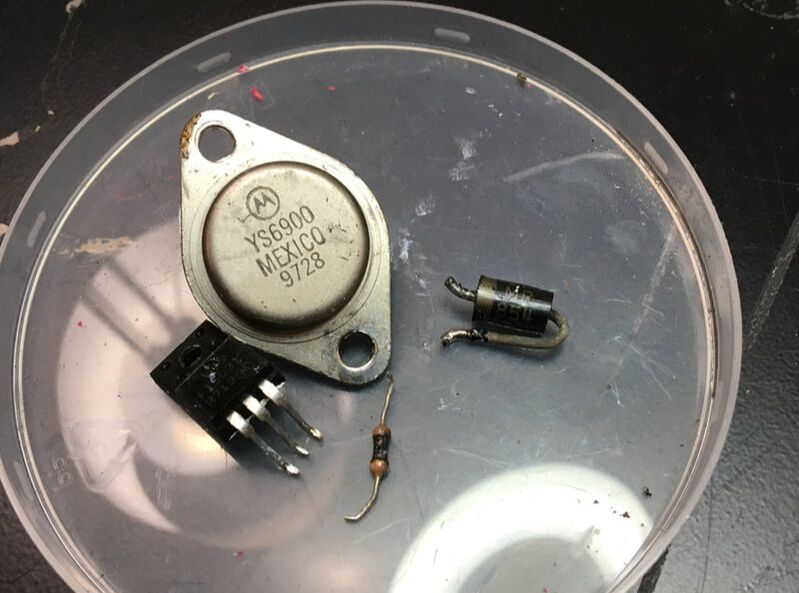
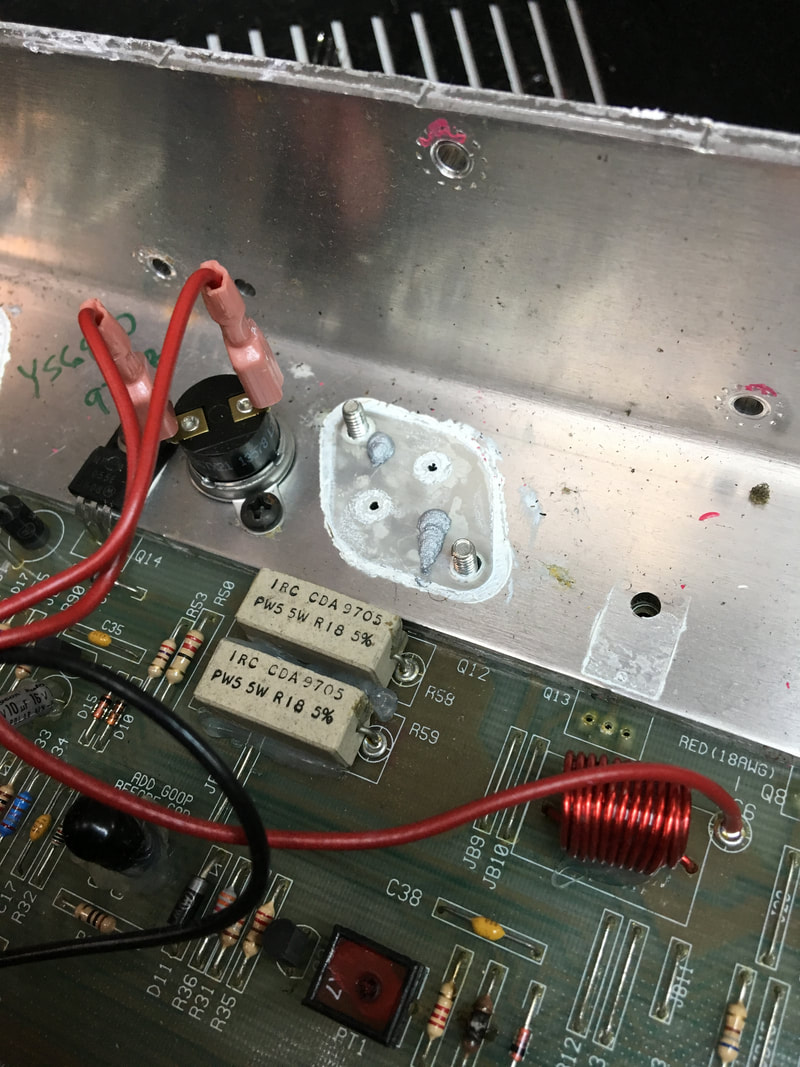
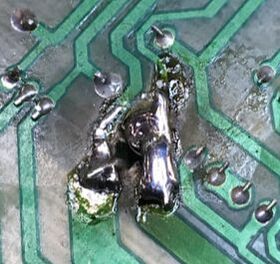
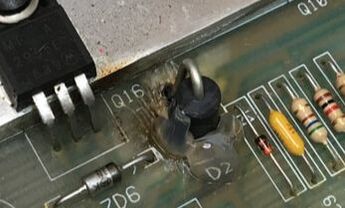
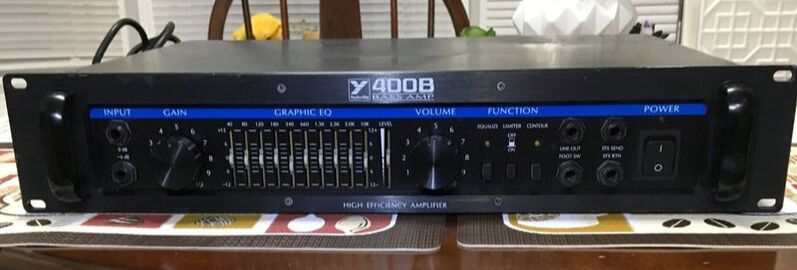
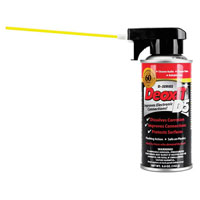
 RSS Feed
RSS Feed